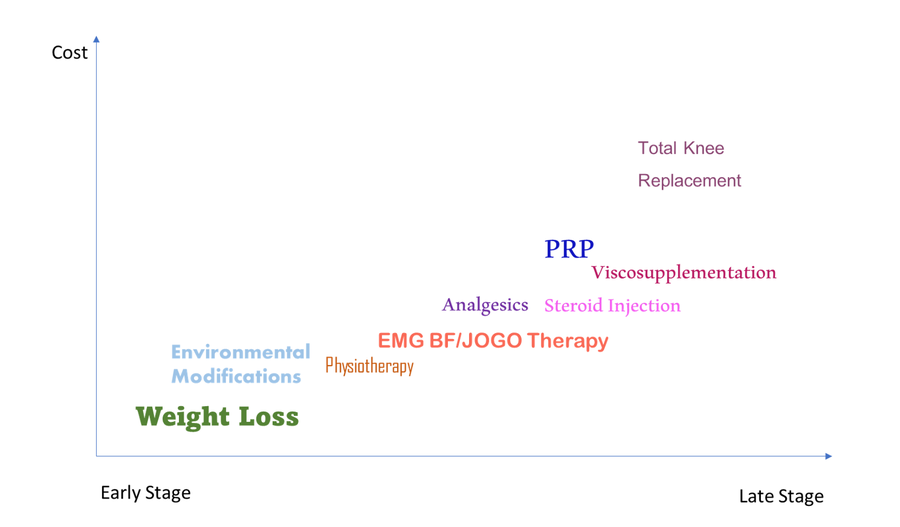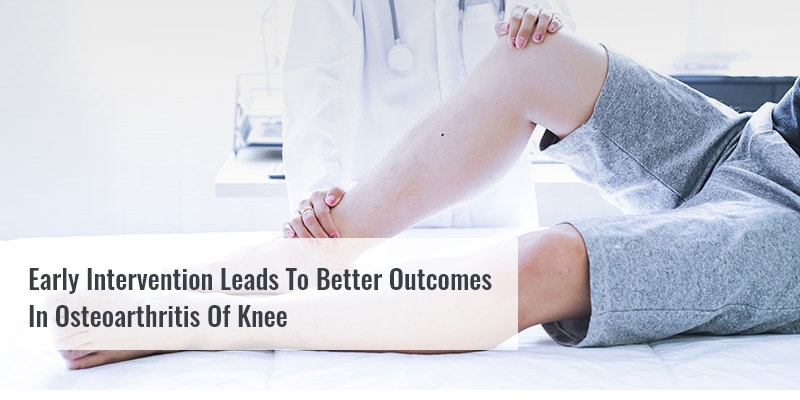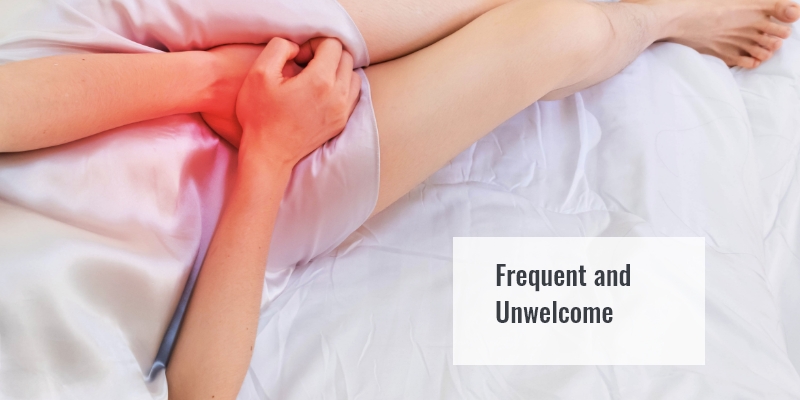Knee pain is one of the most common causes of pain in the human body. As the human body ages, the joints which are under stress on a daily basis gets worn and torn, and the knee joint is among the first to present with these degenerative changes as it is one of the most stressed joints in the body. These age-related wear and tear of the knee joint is known as Osteoarthritis Knee (OA Knee). There is progressive loss of articular cartilage and, it is most common in elderly people.
Contents
1 Prevalence of OA Knee
2 How does OA Knee Present? And what are the common symptoms associated with OA knee?
3 The risk of developing OA increases with progress in age.
4 Prevention and Interventions
5 When should you see a doctor?
6 Environmental and life style changes to cope and manage:
7 Conclusion
8 Author
9 References
PREVALENCE OF OA KNEE:
Osteoarthritis (OA) is the most common form of arthritis and one of the leading causes of disability. This degenerative and progressive joint disease affects around 250 million people worldwide.
HOW DOES OA KNEE PRESENT? AND WHAT ARE THE COMMON SYMPTOMS ASSOCIATED WITH OA KNEE?
Osteoarthritis of the knee presents with pain that is gradual in onset and gets worse with activity. There can also be knee stiffness and swelling. Crackling sounds can be felt or heard on bending the Knee. Joint deformity may be seen in advanced stages. Risk Factors for Developing OA Knee: Joint injury or overuse due to repetitive stress on a joint can damage a joint and increase the risk of OA in that joint. Increased body weight and obesity are predisposing factors for OA knee.
THE RISK OF DEVELOPING OA INCREASES WITH PROGRESS IN AGE.
Women are more likely to develop OA than men, especially after age 50. Obesity or extra weight puts more stress on joints, particularly weight-bearing joints like the hips and knees. This stress increases the risk of OA in that joint. People who have family members with OA are more likely to develop OA. And, those who have hand OA are more likely to develop knee OA.
OA knee is typically a progressive disease which worsens with increasing age and weight of the patient. But disease progression can be arrested or potentially reversed with specific management protocols at the right time.

PREVENTION AND INTERVENTIONS:
Weight loss can definitely help to reduce stress on the knee joint. Patients should seek medical advice for the same in case of obesity. Physiotherapy by strengthening the muscles around the knee joint using specific exercises will help to reduce the stress on the bones and cartilages. This helps in reducing pain and prevents disease progression. Physical therapy along with EMG biofeedback (JOGO) training will be beneficial in selective training and improvement of muscle strength and thereby improving the disease condition. Various medications with anti-inflammatory and analgesic properties maybe used for those with pain. Specially designed knee braces and specific footwear modifications help to relieve stress on the knee joint by modifying the biomechanics of the knee.
In early stages, interventional pain management using regenerative medicine techniques like PRP (Platelet Rich Plasma) maybe used. Intra articular steroid injections and viscosupplementation are other interventions which are done based on the stage of the disease. Pain management using nerve blocks may be done in those with severe disease and unbearable pain affecting function and quality of life.
Advanced stages of Osteoarthritis Knee may require knee replacement surgery. Physiotherapy and EMG biofeedback therapy are excellent interventions for pain management that help create an active life style for the patients who don’t require surgery.
WHEN SHOULD YOU SEE A DOCTOR?
Early presentation and diagnosis of the condition will help to prevent further damage to the joint. Any knee pain which persists for more than 3 months is chronic and should be evaluated for OA knee.
ENVIRONMENTAL AND LIFE STYLE CHANGES TO COPE AND MANAGE:
Avoid squatting, avoid using an Indian style toilet, Weight reduction and regular exercises as advised by a trained Physiotherapist and appropriate footwear and footwear modifications will go a long way in managing this condition.
CONCLUSION:
OA of the knee is manageable with proper intervention. Seeking help of a Qualified Healthcare Professional early will go a long way in managing this condition effectively.
Also Check: Early Intervention Leads To Better Outcomes In Osteoarthritis Of Knee
AUTHOR
Dr. Jimi Jose MBBS, MD, DNB – Consultant Physiatrist and Rehabilitation Physician Assistant Professor, Department of Physical Medicine & Rehabilitation, Pushpagiri Medical College, Tiruvalla, Kerala
REFERENCES:
- Comparative effectiveness of pharmacologic interventions for knee osteoarthritis: a systematic review and network meta-analysis. Bannuru RR, Schmid CH, Kent DM, Vaysbrot EE, Wong JB, McAlindon TE. Ann Intern Med. 2015 Jan 6; 162(1):46-54)
- Mora JC, Przkora R, Cruz-Almeida Y. Knee osteoarthritis: pathophysiology and current treatment modalities. J Pain Res. 2018;11:2189-2196. Published 2018 Oct 5. doi:10.2147/JPR.S15400




